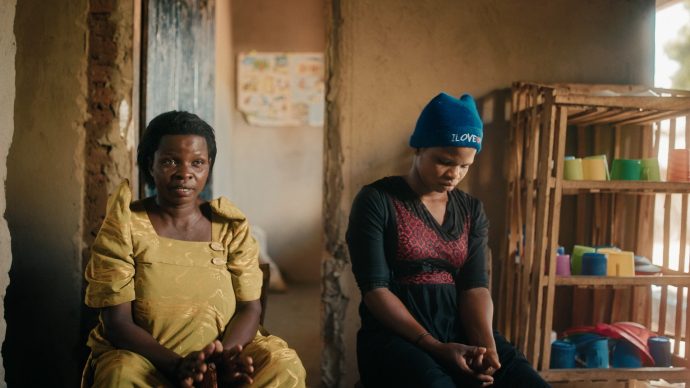Tyfonen Haiyan har ramt traditionelle folk i Fillipinerne rigtigt hårdt, og det er vanskeligt for nødhjælpen at nå disse stammer, hvilket igen viser, at selvom de oprindelige indbyggere har bidraget allermindst til klimaforandringerne, bliver de ramt mest markant af konsekvenserne, skriver IWGIA.
Ten days ago Typhoon Yolanda (Haiyan), the Philippines’ 25th typhoon this year and the most powerful ever recorded, hit and left thousands dead, IWGIA writes Tuesday.
Among the victims are the indigenous peoples in the Islands of Panay, Mindoro and Palawan. At least 50 indigenous communities have been severely affected, which means thousands of indigenous families are in need of immediate assistance.
These indigenous communities live in isolated areas in the poorest socio-economic conditions, placing them in the most vulnerable situation after the disaster.
The indigenous Tagbanua communities, spread out across the Calamianes, a group of islands in the southwest province of Palawan, were severely impacted when the typhoon made its sixth landfall.
In Coron Island, a popular tourist destination with a population of 45,000 people, Mayor Clara Reyes reports to local media, that nearly all of the community’s houses were destroyed and most of its boats, primary transportation and income source, were washed away. Still no one has a full overview of what has happened to the more isolated islands.
While the international world engages is emergency relief, many remote indigenous communities remain isolated from relief efforts.
Right now, the supplies are mainly distributed in the evacuation centers in the cities, leaving the Tagbanua and other indigenous peoples facing starvation and diseases. The Tagbanua people have one crucial need: boats, their lifeline to communication and supplies including rice, gasoline and energy.
Indigenous peoples in the frontline of climate change
The devastating consequences of typhoon Yolanda in the Philippines needs to be dealt with here and now.
However, a typhoon like this will strike again, harder in strength and merciless to when, where and whom it hits. This raise the question of how the world as a whole deals with climate changes, something that the world leaders are negotiating at the UN Climate Change talks in Poland these days.
Even though indigenous communities are the least contributors to climate change, they are often in the frontline to feel the consequences, as typhoon Yolanda also underscored.
The Executive Director of TEBTEBBA Foundation and indigenous representative from the Philippines, Victoria Tauli-Corpuz, this week at COP 19 in Warsaw urged governments in the developed world to seriously commit to address the adverse impacts of climate change.
“What we are experiencing now in the Philippines demands greater ambition by industrialized countries to cut their carbon emissions. Time is running out and we, indigenous peoples, will again be severely affected”, concludes Tauli-Corpuz at the United Nations Framework Convention on Climate Change (UNFCCC) Conference in Poland.
Læs artiklen her: http://www.iwgia.org/news/search-news?news_id=868














